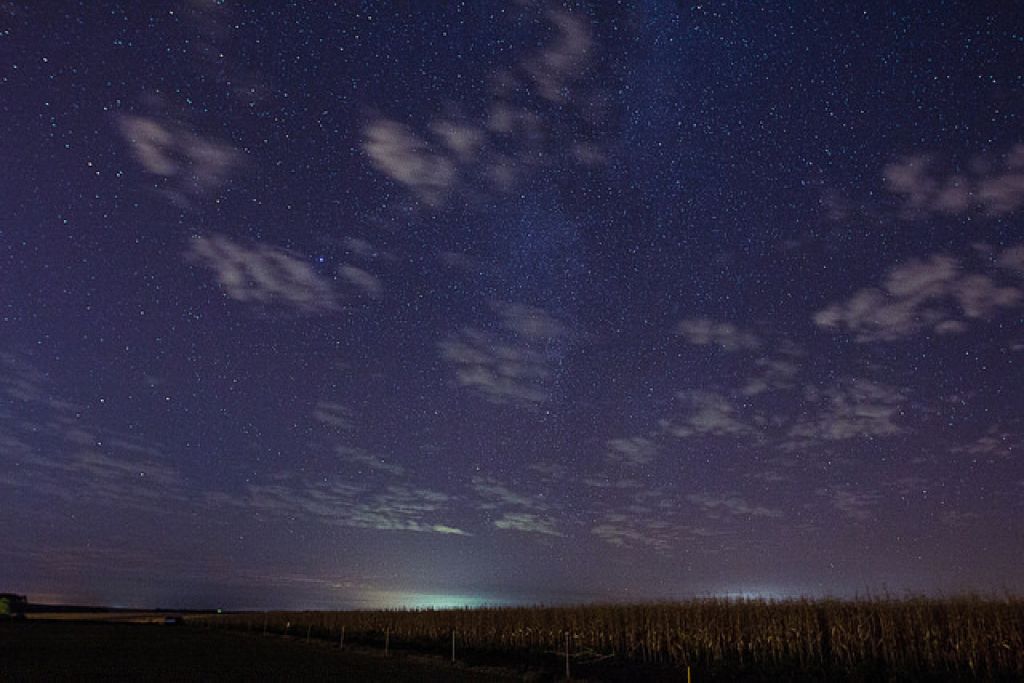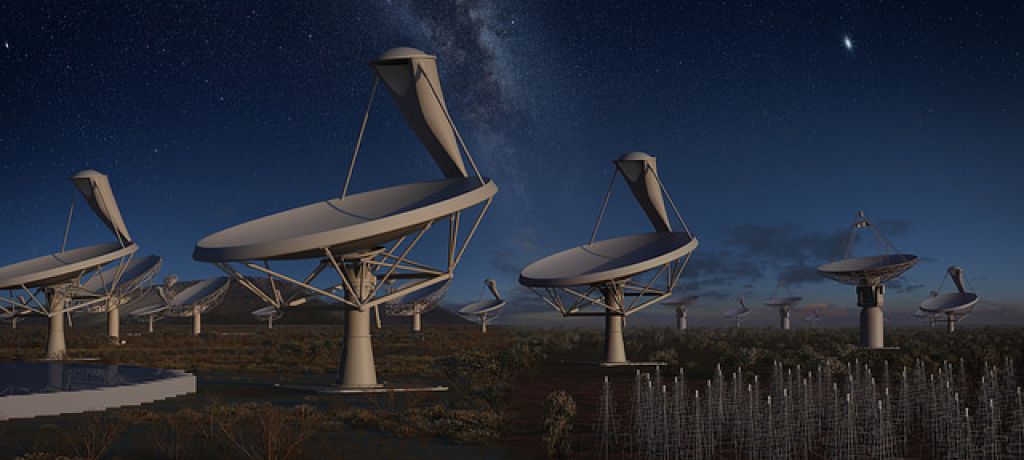Scientists locate a radio signal from deep space

Scientists have, for the first time ever, located the cosmological source of a sporadically repeating “fast radio burst” from more than 3-billion light years away.
The discovery was published by researchers in the respected scientific journal, Nature, on 4 January 2017.
“This detection has really broken open the gates of a new realm of science and discovery,” Nature quoted astronomer Sarah Burke-Spolaor, of the National Radio Observatory in New Mexico, United States and the West Virginia University, as saying.
Fast radio bursts have only been heard 18 times since the first was detected in 2007, UK-based science magazine New Scientist reported. Given that the signals are so brief – lasting mere milliseconds – it is difficult to study them.
“These radio flashes must have enormous amounts of energy to be visible from over 3-billion light years away,” said lead author Shami Chatterjee, senior research associate in astronomy at Cornell University.
Now a team of astronomers has used a collection of radio telescopes around the world to pinpoint the only one found to repeat, so far.
Scientists still don’t know what produced the fast radio burst but they have set about studying it.
“We think it may be a magnetar – a newborn neutron star with a huge magnetic field, inside a supernova remnant or a pulsar wind nebula – somehow producing these huge magnetic pulses,” said Chatterjee.
“Or, it may be an active galactic nucleus of a dwarf galaxy. That would be novel. Or it may be a combination of those two ideas – explaining why what we’re seeing may be somewhat rare.”
To locate the flashes, astronomers turned to several telescopes, but mostly the Arecibo radio telescope in Puerto Rico, the world’s largest radio telescope. Even that did not have a resolution precise enough to pinpoint the location of the flash, and an array of telescopes around the world were roped in to help.
This is exactly the type of research South Africa’s MeerKAT telescope will be well-positioned to collaborate on, said SKA South Africa spokesperson Lorenzo Raynard. The SKA (Square Kilometre Array) is a large telescope that will be co-hosted by South Africa and Australia. Construction is set to be completed in 2024.

Raynard said MeerKAT was on track to be completed by the end of 2017. It is a radio telescope in the Northern Cape that has a 64-antenna array. It is already partly operational, and collaborating with Cornell University and the University of California, Berkeley, both of which were involved in this discovery.
When completed MeerKAT will be the largest and most sensitive radio telescope array in the southern hemisphere, until the Square Kilometre Array is completed.
If you’re a budding astronomer or just someone who is mesmerised by the starlit night sky, diarise our next stargazing event at Maropeng. It will take place on 28 January 2017, hosted by our resident astronomer, Vincent Nettmann.